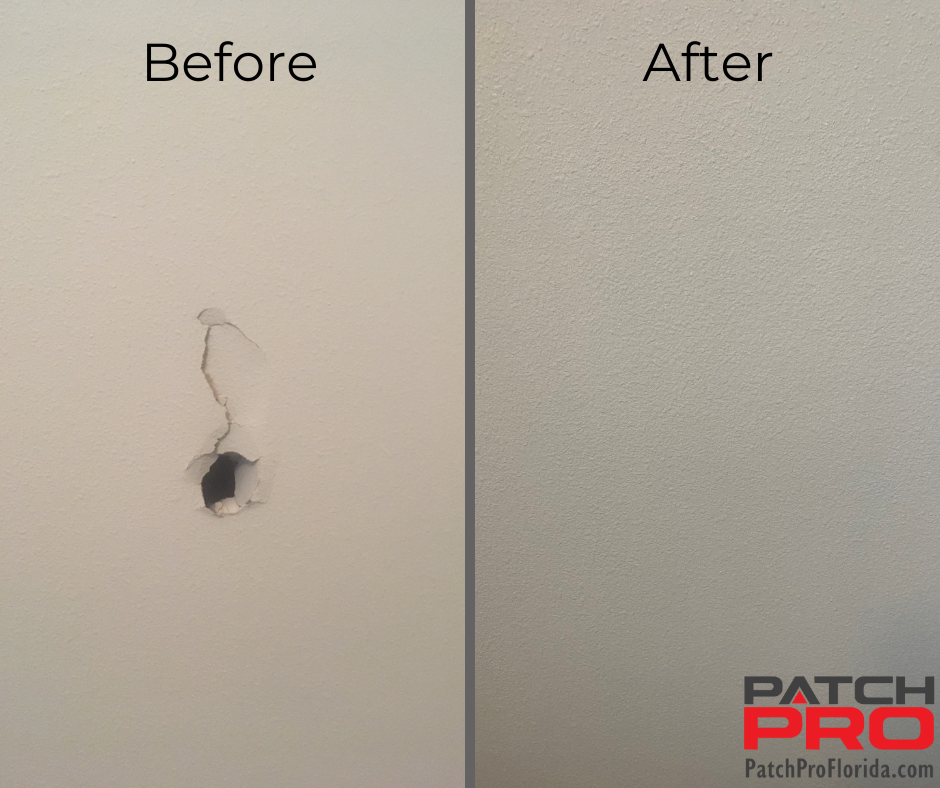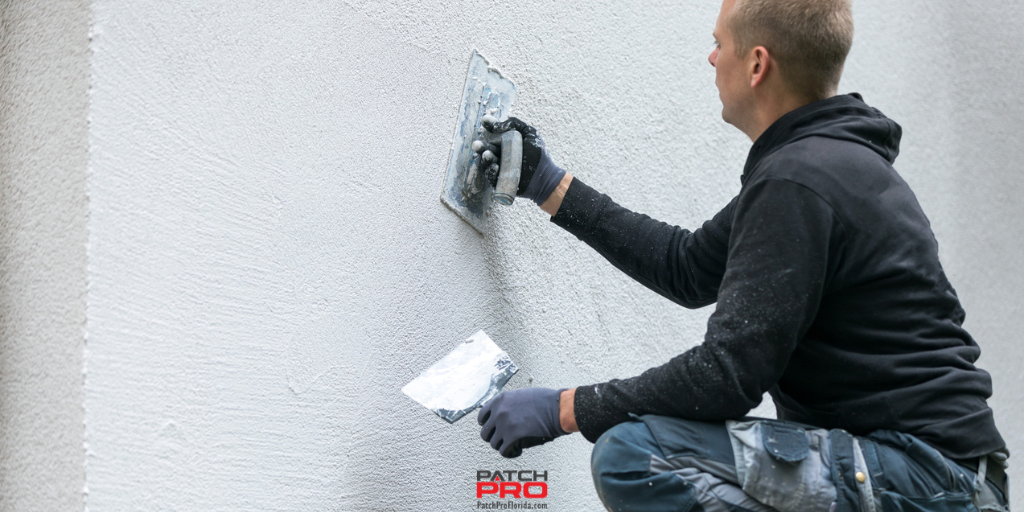Drywall and plaster are two common materials used for creating walls and ceilings in buildings. While they are both used for similar purposes, there are some critical differences between them. Understanding the differences between drywall and plaster can help you make informed decisions about your construction projects and repairs.
What is Drywall?
Drywall, also known as gypsum board or wallboard, is a prefabricated panel made of gypsum plaster that is sandwiched between two heavy sheets of paper. Drywall is a popular choice for construction projects because it is easy to install, affordable, and provides a smooth, even surface for painting and finishing.
One of the main advantages of drywall is its fire-resistant properties. According to the National Fire Protection Association (NFPA), fires in buildings with sprinklers and gypsum-based wallboard had a 72% lower casualty rate than those without.
Drywall is also known for its durability and resistance to moisture. It is available in various sizes and thicknesses, making it a versatile material for construction projects. In addition, drywall is easy to repair, making it a popular choice for repairs and renovations.
What is Plaster?
Plaster, on the other hand, is a material that has been used for creating walls and ceilings for centuries. It is a mixture of lime, sand, and water that is applied in multiple layers over a lath or wire mesh frame. Plaster provides a smooth, hard surface that is ideal for painting or wallpapering.
One of the main advantages of plaster is its durability. Plaster walls and ceilings can last many years with proper maintenance and provide excellent sound insulation. Plaster is also resistant to fire and can help contain a fire in a building.
However, plaster is more difficult to install than drywall and requires skilled labor. It can also be more expensive than drywall, making it a less popular choice for modern construction projects.
Differences Between Drywall and Plaster
While drywall and plaster are both used for creating walls and ceilings, there are some key differences between them.
Installation
Drywall is a prefabricated panel that is easy to install. It can be cut to size, screwed or nailed in place, and finished with joint compound and tape. Plaster, on the other hand, requires skilled labor to install. In addition, it is applied in multiple layers over a lath or wire mesh frame, which can be time-consuming and labor-intensive.
Durability
Plaster is known for its durability and can last for many years with proper maintenance. In addition, it provides a hard, smooth surface that is ideal for painting or wallpapering. Drywall is also durable and resistant to moisture and fire but more prone to damage from impacts.
Sound Insulation
Plaster provides excellent sound insulation, making it a popular choice for music studios, theaters, and other settings where sound quality is important. Drywall also provides some sound insulation, but it is not as effective as plaster.
Repair
Drywall is easy to repair and can be patched with joint compound and tape. Conversely, plaster can be more challenging to repair and may require skilled labor to match the existing finish.
Cost
Drywall is more affordable than plaster and is a popular choice for modern construction projects. Conversely, plaster can be more expensive due to the skilled labor required for installation.
Drywall Repair vs. Plaster Repair
 When it comes to repairing walls and ceilings, there are some key differences between repairing drywall and plaster.
When it comes to repairing walls and ceilings, there are some key differences between repairing drywall and plaster.
Drywall repair is relatively easy and can be done by homeowners with some DIY experience, though it is best to have a professional with drywall experiene to repair drywall damage. Small holes and cracks can be patched with joint compound and tape, while larger holes may require cutting out the damaged area and installing a new piece of drywall.
Plaster repair, on the other hand, can be more challenging and may require skilled labor. The process involves removing any loose or damaged plaster, applying a bonding agent to the surface, and then applying new plaster in multiple layers to match the existing finish. Matching the texture and finish of existing plaster can be difficult, and it may require the services of a professional plasterer.
When it comes to repairing walls and ceilings, it is important to use the correct materials for a seamless and durable repair. In addition, matching the thickness and type of drywall or plaster is important to ensure that the repair blends in with the surrounding area.
Drywall or Plaster for Repair
Drywall and plaster are two common materials used for creating walls and ceilings in buildings. While they have some similarities, there are key differences between them that should be considered when making decisions about construction projects and repairs. Drywall is easier to install and repair, more affordable, and provides some fire resistance. Plaster is more durable, provides excellent sound insulation, and is more fire-resistant. Regarding repairs, drywall is easier for DIY repairs, while plaster repairs require skilled labor. Matching the thickness and type of drywall or plaster is important for a seamless and durable repair.
Understanding the differences between drywall and plaster can help you make informed decisions about your construction projects and repairs. Choosing the right materials and repair methods ensures that your walls and ceilings are durable, functional, and aesthetically pleasing for years to come.



You must be logged in to post a comment.